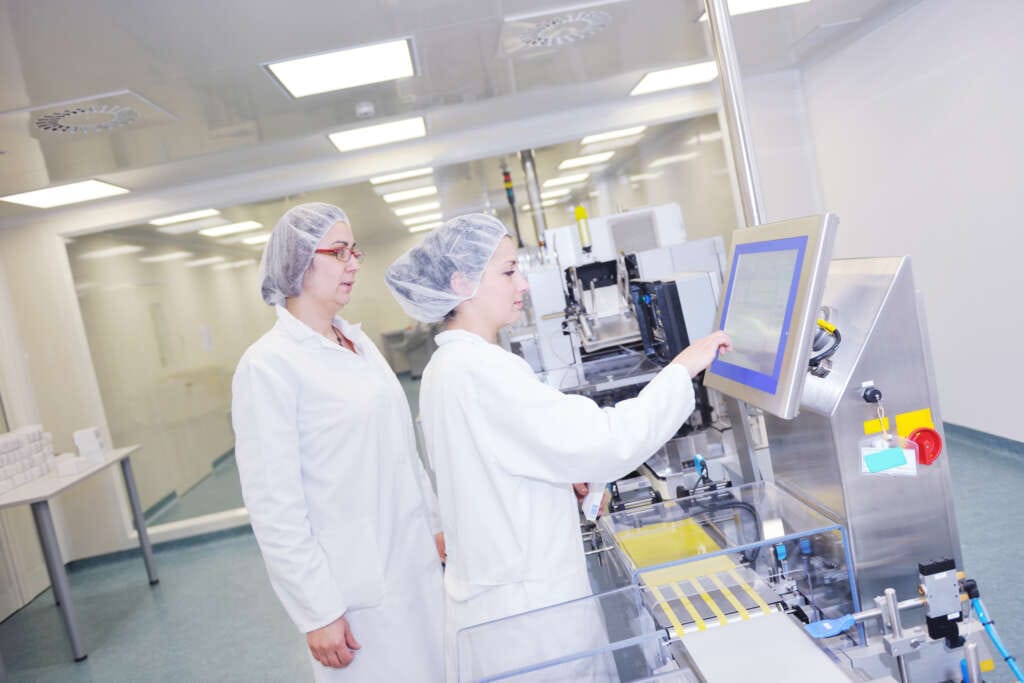
By: Antonio Espingardeiro, IEEE member and software and robotics expert
Sophisticated technologies such as artificial intelligence (AI) and machine learning (ML) are valuable assets throughout varying industries. When it comes to the healthcare sector, these technologies can translate important medical information, which ultimately helps healthcare professionals understand certain conditions and make better decisions. Additionally, AI and ML techniques can identify risk groups, discover new drugs, perform an early diagnosis, and predict the evolution of a virus through mathematical models.
Intelligent AI technology is hugely beneficial within almost every industry. In healthcare, it can perform image recognition and natural language processing (NLP) through devices such as chatbots, which can better understand certain mental and physical conditions and forward relevant information to medical professionals. The overall idea of this is to perform an initial diagnostic at a distance, which can help triage cases in a safe way for both patients and health professionals. This has been an invaluable service throughout out the last year when social distancing measures have been in place.
Technology at the core
In most cases, hospitals running on a 24-hour infrastructure will have extremely advanced machinery at hand, such as ventilators, air conditioning, MRI scanners, water pumps, surgical devices, generators, and computers. These devices will usually have modern software embedded which acts as one of the many forms of automation. The notion of automation is related to efficiency, which is a crucial topic for healthcare professionals who are often under incredibly tight deadlines and work in high pressure environments.
The use of robotics in hospitals is a relatively recent innovation, which has significantly increased over the last decade. These are now being used for surgeries and healthcare workers are also using robotic medication dispensers throughout a growing number of institutions. This innovation with surgeries presents huge potential for the sector, as it can assist healthcare professionals when performing important operations such as prostate or breast cancer removals. A robotic medical dispenser can also provide a patient’s required medication at the time needed and place new medication orders.
As society becomes increasingly familiar with technologies such as AI and ML, initiatives such as tele-robotics are expected to become common practice throughout many healthcare institutions. These have a variety of benefits which enable doctors who are infected during a crisis to connect to hospitals from their home through the devices. In turn, they can check in with their patients by using the embedded videoconferencing available. Another interesting use of autonomous robotics is with mobile robots, which can navigate hospitals, collect rubbish, and spray disinfection liquids in corridors.
A promising future
There is no denying that AI has a huge number of benefits. One of the key advantages is that it can help humans stay healthy for longer and ultimately reduce the number of visits to a doctor’s surgery. An example of this is with consumer applications which can provide granular information about a user’s health choices, allowing them to take control of their overall health and wellbeing. These intelligent applications are not only giving individuals the option to understand their lifestyle choices, but they also relieve strain on the healthcare sector, which has unsurprisingly undergone a huge shift over the last year.
AI robots have the potential to revolutionise end-of-life care, as they can allow individuals to stay independent for longer and reduce the need for care homes or hospitalisation. In fact, AI advancements are enabling robots to hold conversations with humans as well as other social interactions, which is a great benefit for those who want to keep their mind active for mental health benefits.
An ever-changing industry
The healthcare sector is colossal and there is constant technological innovation pumped into it daily. Despite this, there are still major challenges to come with many questions around whether we will become too reliant on technology and if machines will ever fully understand the context of a human patient’s needs. Once ‘situational awareness’ is achieved, dexterity comes into place. This means how a robotic manipulator such as a hand or arm can have an effect in a real-life scenario in a safe way. With this, image processing is needed to understand objects and real-life situations.
We can expect the healthcare sector to continue utilising AI and robotic equipment in the years to come. Eventually, this will lower costs and give other healthcare institutions around the world better access to the technical devices available. Of course, the pandemic has played a huge part in boosting medical technology innovations. Advanced technology such as AI and telehealth platforms have been driving the digital transformation needed in healthcare throughout this unfamiliar time.


